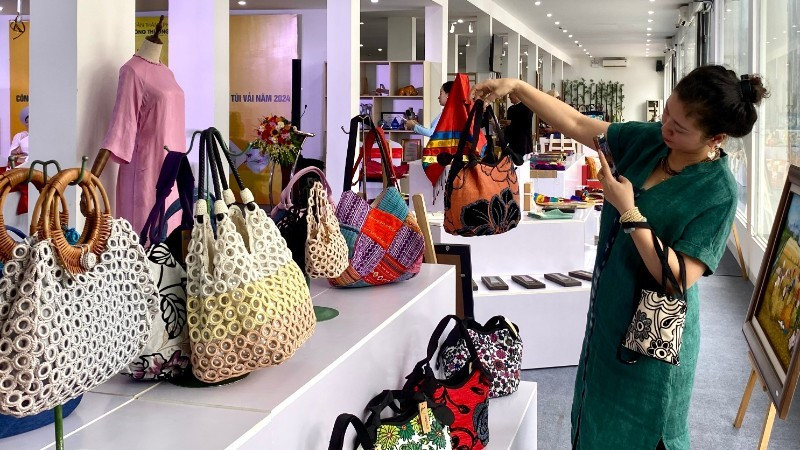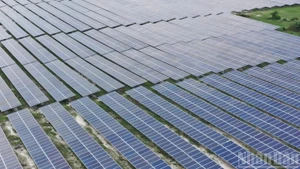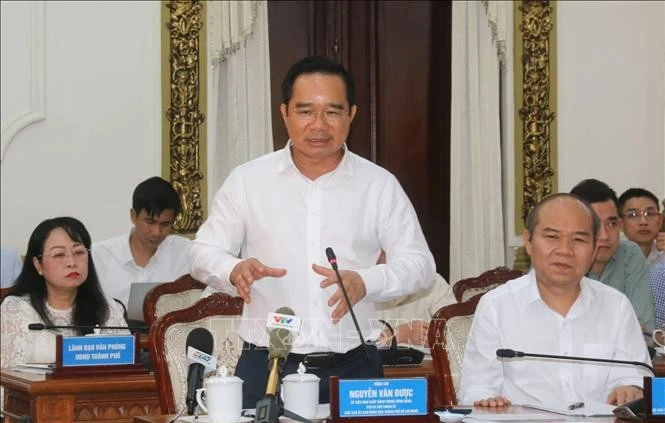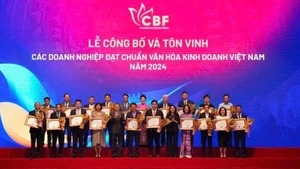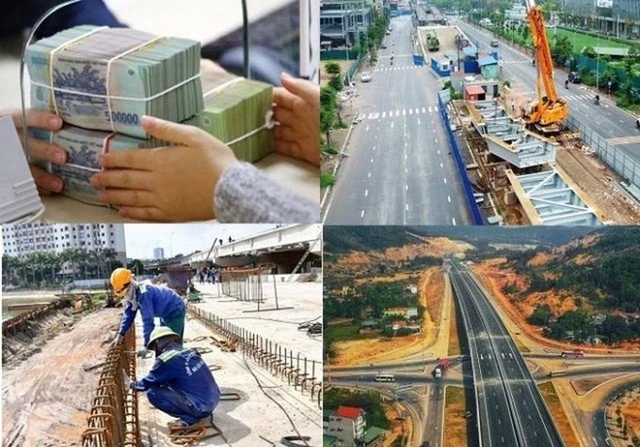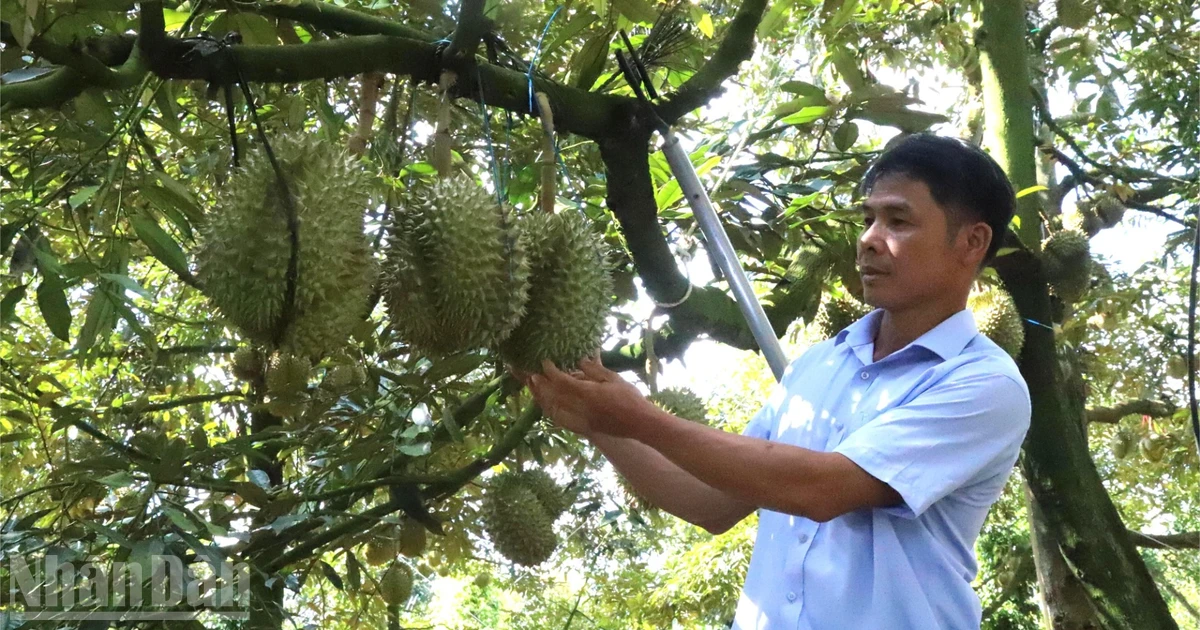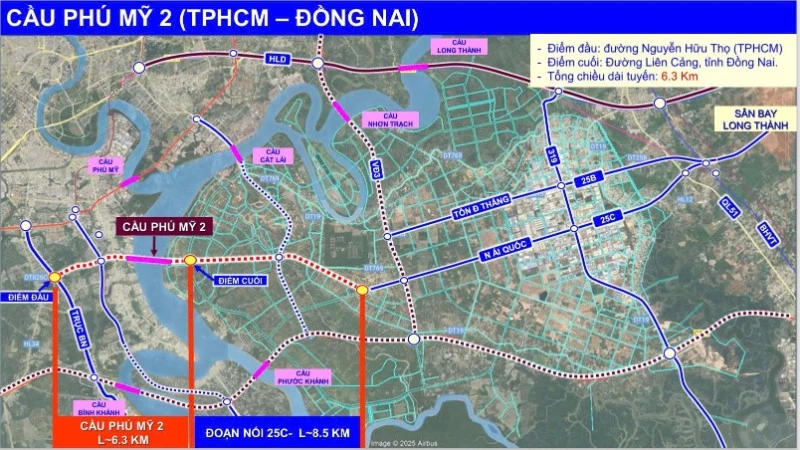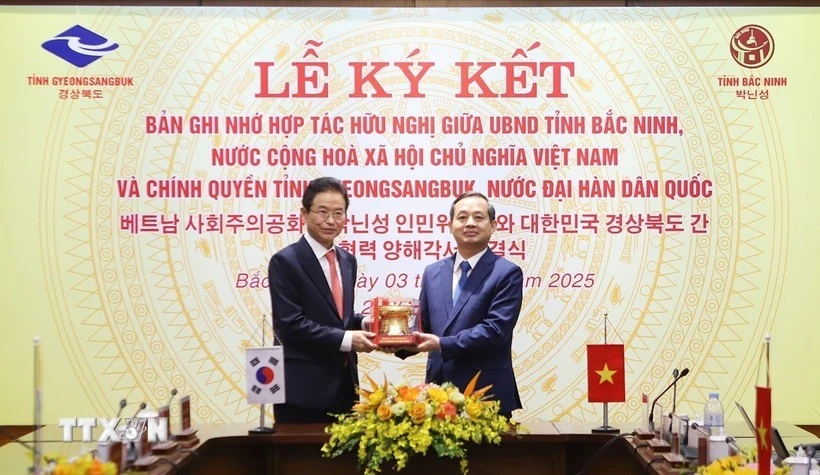Over the past three years, exports by Dong Duong Creative Investment and Development Joint Stock Company to the EU market have grown by 20%, focusing on several key product groups, such as high-end bamboo and rattan household items, interior decoration products, handbags, and hats.
According to Hoang Thi Thanh Tam, the director of the company, to receive orders from this market, the company had to work with partners two years in advance, preparing certificates and accreditations related to factories, products, and designs. Only when all stringent market requirements were met did EU partners begin placing orders.
As of 2025, Viet Nam has signed or is negotiating 19 Free Trade Agreements (FTA), of which the EVFTA and the UK–Viet Nam Free Trade Agreement (UKVFTA) are two new-generation FTAs that are considered turning points.
With the implementation of the EVFTA, the tariff reduction roadmap between the two sides has moved close to 100%. This is regarded as a “golden moment” for Vietnamese enterprises to maximise the advantages brought by the agreement.
However, Ngo Chung Khanh, Deputy Head of the Multilateral Trade Policy Department under Ministry of Industry and Trade, assessed that the EU market is shifting strongly towards green and clean consumption and sustainable development in terms of labour and environment. European consumers not only pay attention to product quality and price but also to production processes. Therefore, if handicraft enterprises fail to meet these requirements, it will be difficult for them to make use of tariff preferences.
At the same time, conflicts and wars in the world are strongly affecting international trade, especially in major markets such as the EU. Unlike essential goods, handicraft products mainly serve decorative and artistic demands. When consumers reduce spending, this is often the first group of products they cut back on, posing major challenges for handicraft export enterprises.
In this context, Ha Thi Vinh, Chairwoman of the Ha Noi Handicraft and Craft Village Association, said that enterprises wishing to export must comply with environmental and social responsibility certifications. This is not only a commitment to sustainable development but also a “passport” for products to access high-end markets. To meet these standards, factories’ scale must have adequately large, modern production processes and professional management systems. For example, ceramic businesses are making significant investments in waste-treatment systems, running clean production processes, and meeting environmental standards.
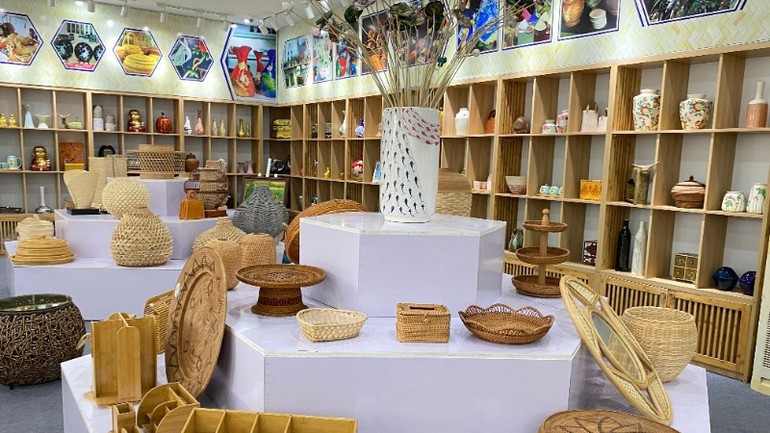
Sharing this view, Hoang Thi Thanh Tam, Director of Dong Duong Creative Investment and Development Joint Stock Company, noted that the EVFTA imposes many standards, from rules of origin and labour safety to product quality. This requires enterprises to continuously upgrade technology, improve technical capacity, and build management systems that meet European standards to meet the requirements of the agreement.
Le Ba Ngoc, Vice Chairman of the Viet Nam Handicraft Exporters Association, said that some enterprises in Ha Noi currently achieve nearly 80 million USD in annual export turnover. However, if they cannot prove clean input materials and low-emission production aligned with the target of net-zero emissions by 2050, it will be difficult for them to maintain their market share.
“International customers now require enterprises to demonstrate a gradual reduction in emissions over time. For example, if 50 tonnes of carbon are emitted at the beginning of the year, the figure must be lower by the end of the year. To achieve this, enterprises must control the entire production chain — from cultivation, transportation, and fuel consumption to electricity use,” Vice Chairman Le Ba Ngoc emphasised.
“International customers now require enterprises to demonstrate a gradual reduction in emissions over time. For example, if 50 tonnes of carbon are emitted at the beginning of the year, the figure must be lower by the end of the year. To achieve this, enterprises must control the entire production chain — from cultivation, transportation, and fuel consumption to electricity use.”
Vice Chairman Le Ba Ngoc emphasised
According to the Ha Noi Department of Industry and Trade, in the coming period, the implementation of FTAs will move into a phase of stronger commitments. Therefore, the city will continue focusing on programmes to support enterprises in taking advantage of tariff preferences, market information and rules of origin, including those under the EVFTA. In addition, Ha Noi will strengthen trade promotion and brand registration; support communication, fairs, and exhibitions; and develop e-commerce platforms for handicraft products; while closely monitoring enterprises to promptly address difficulties within its authority.
To effectively tap into the EU market, enterprises and craft villages need to proactively study technical barriers, continuously innovate, and enhance their internal technological capacity to meet the strict standards of this market.
